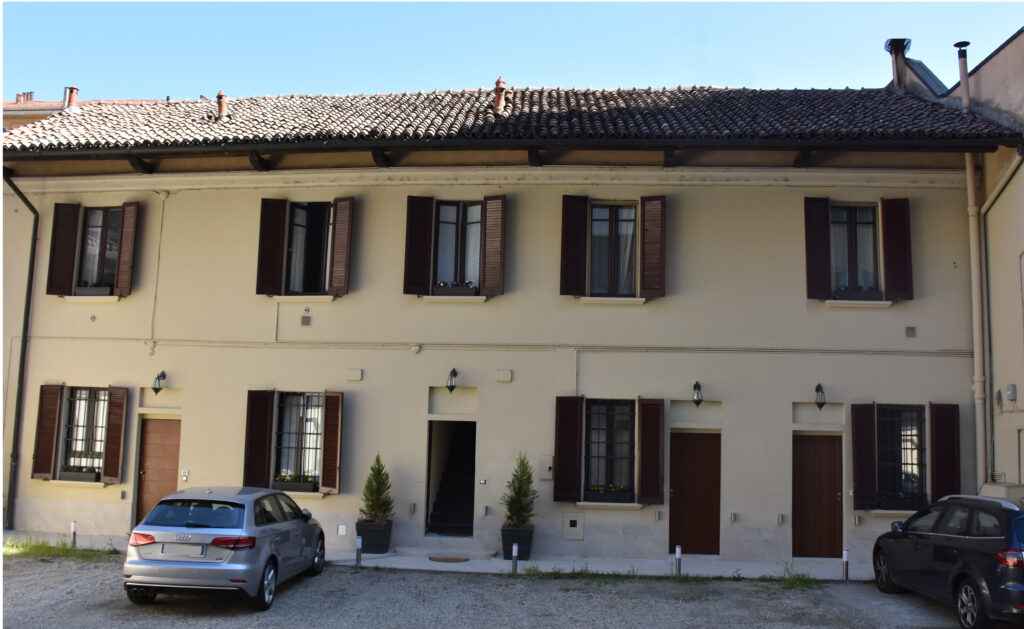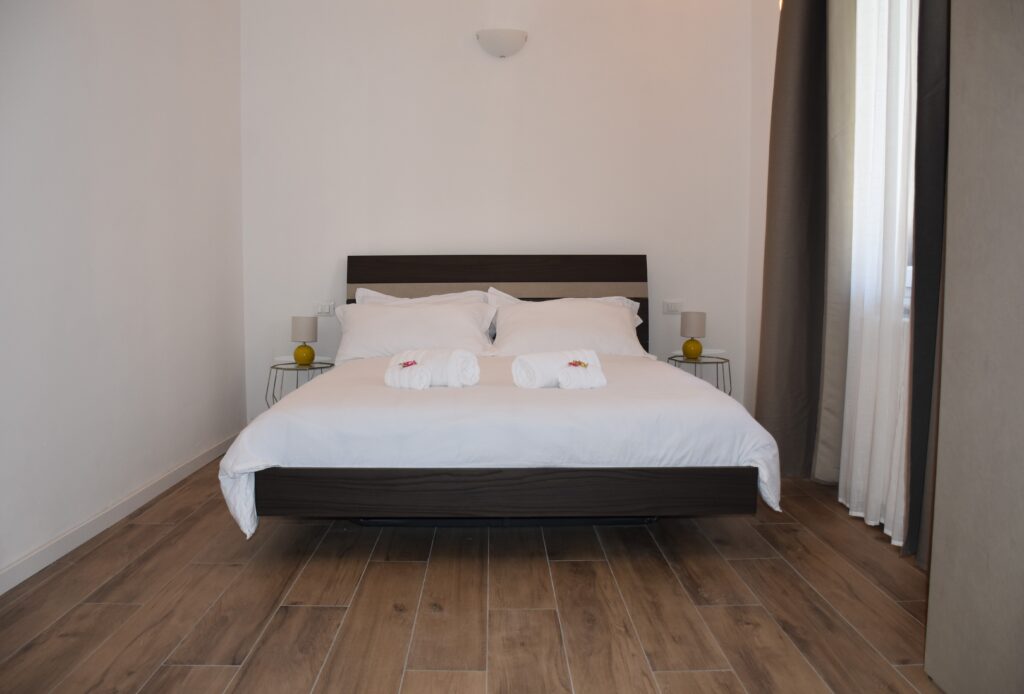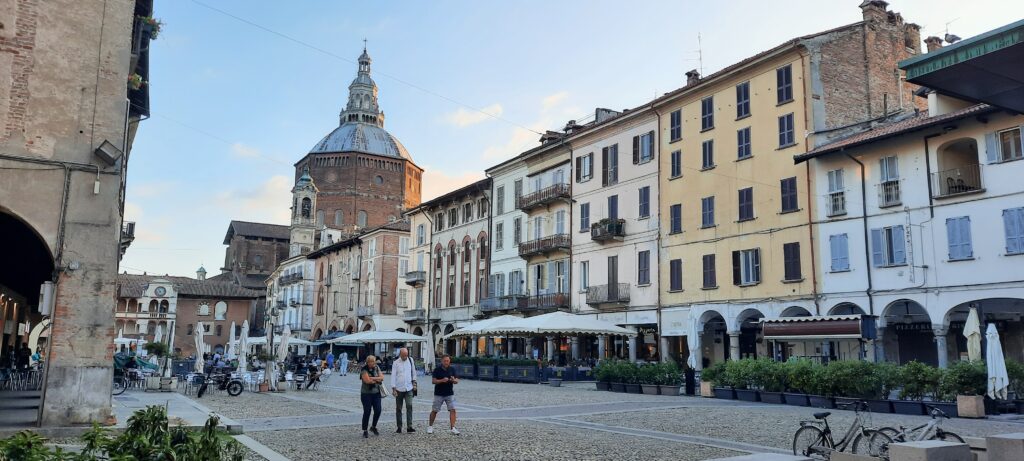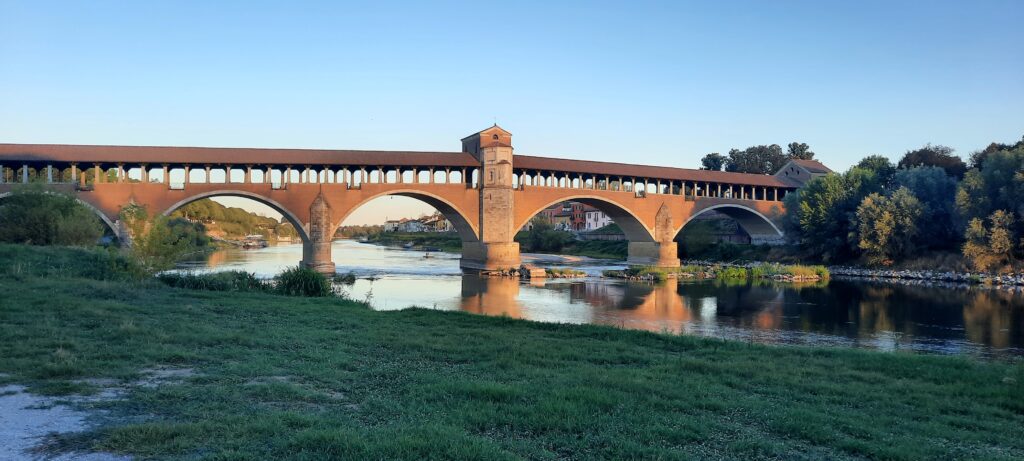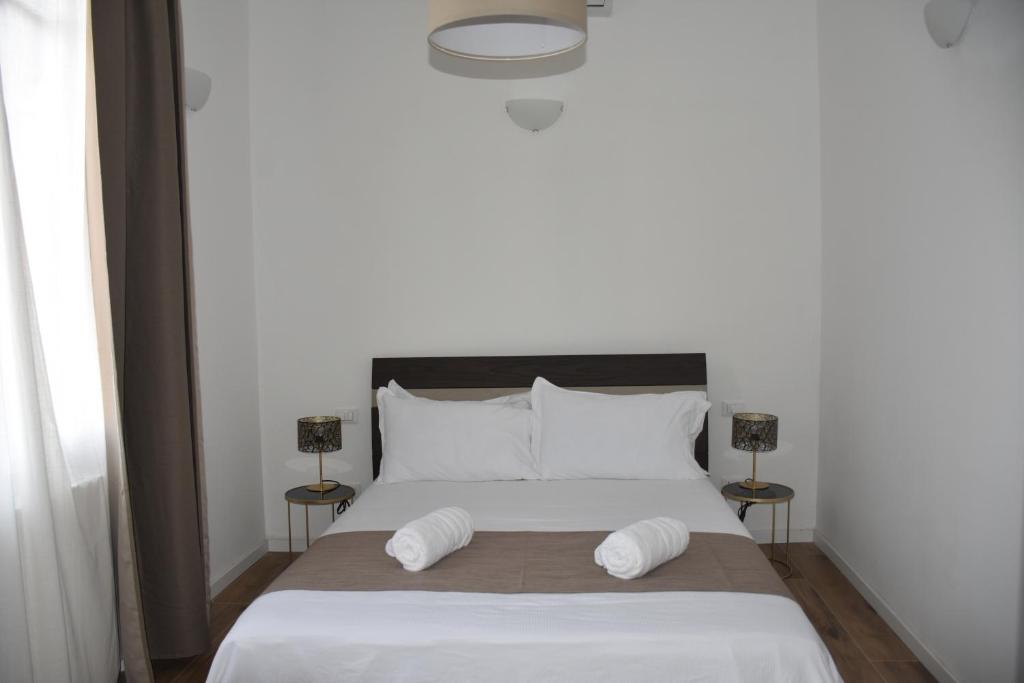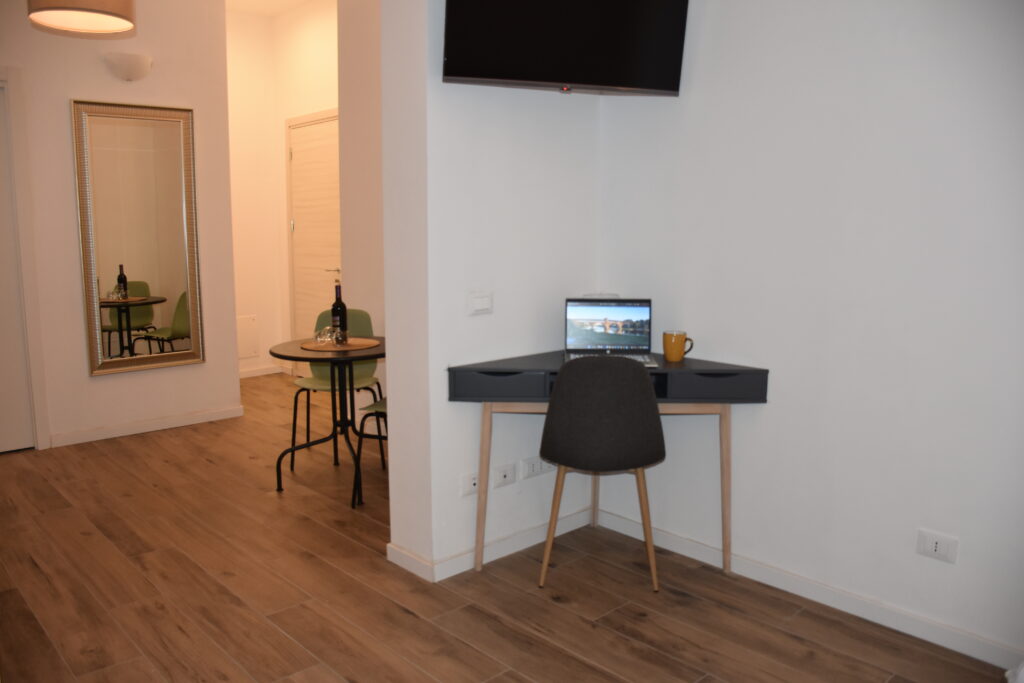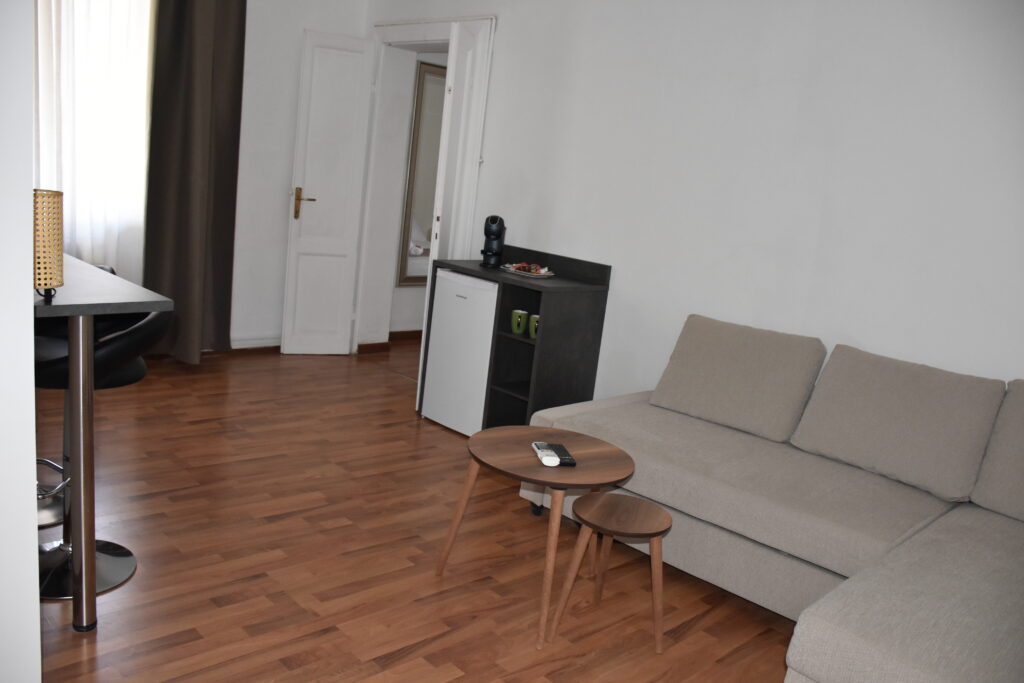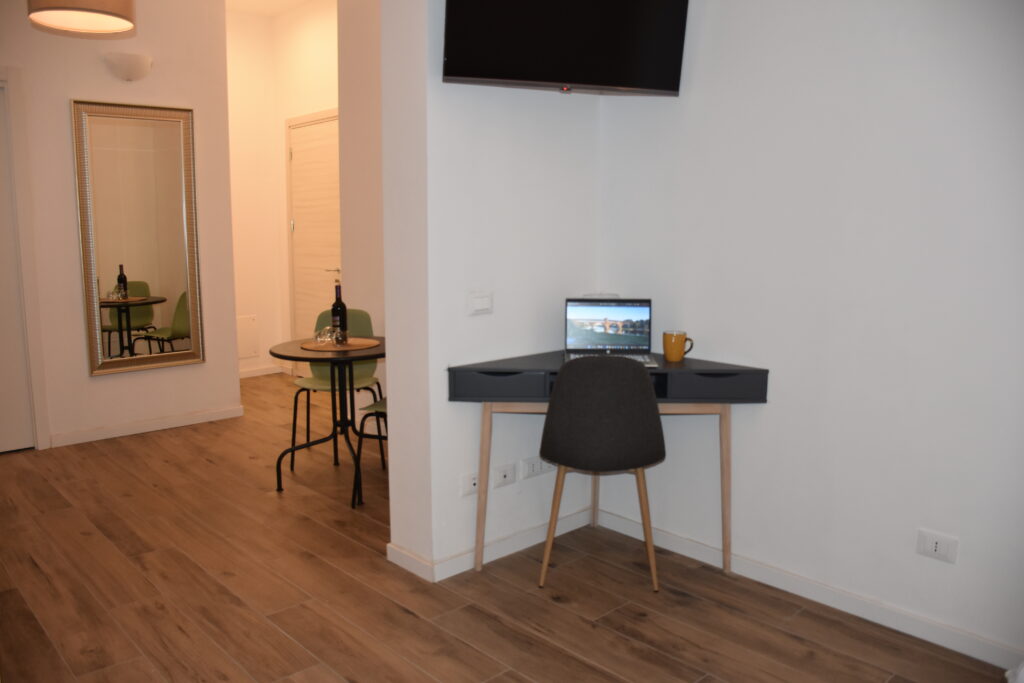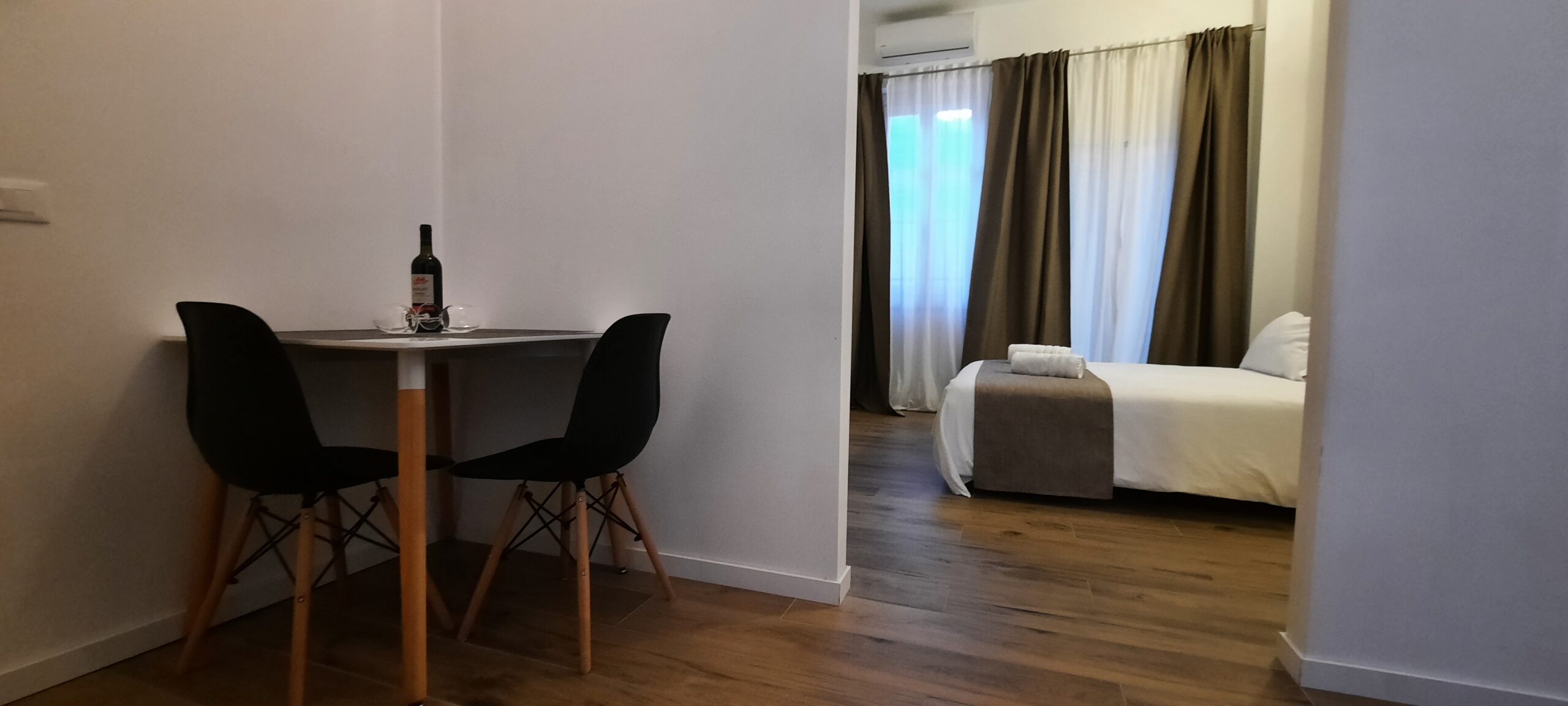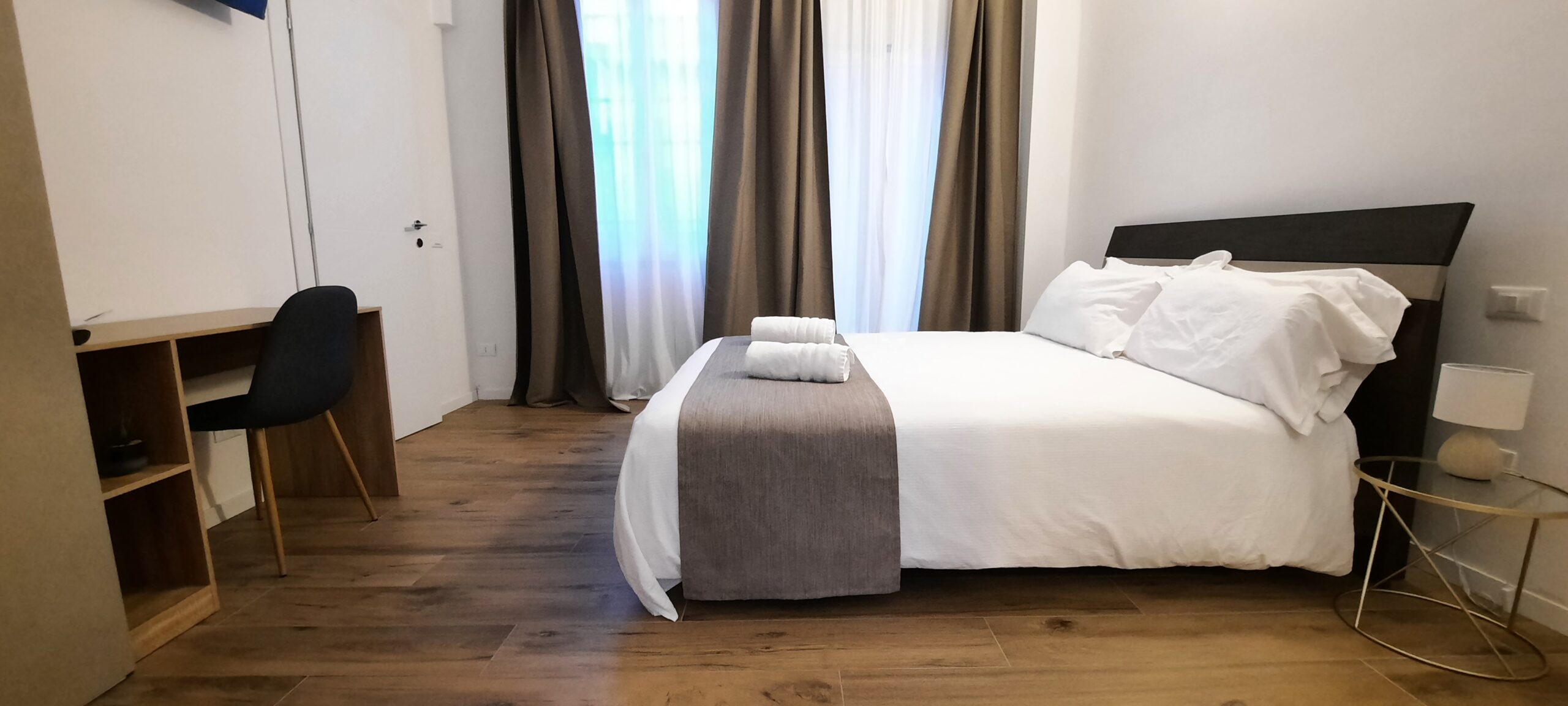Pavia
Pavia has a rich history that dates back to Roman times. During the Roman Empire, Pavia was established as Ticinum in 89 A.C near the Ticino river, and became an important municipality and military site. Located at the crossroads of major trade routes, it was a center for commerce, industry and culture.
In the 5th and 6th centuries, Pavia was conquered by the Lombards, a Germanic tribe that ruled over much of Italy. During this time, the city became an important center for the Lombard kingdom and was home to a royal palace, a cathedral, and several other essential buildings.
In the 8th and 9th centuries, Pavia was sacked by the Saracens and the Magyars, and its importance declined. However, during the Middle Ages, Pavia once again rose to prominence and became an important center of learning and culture. After hundreds of years of academic activities, the University of Pavia was officially established in the 14th century, making it one of the first universities in Europe.
During the Middle Ages, Pavia was also a major political center and was ruled by various powerful families, including the Visconti and the Sforza. During the 16th century, Pavia was occupied by the Spanish, and in the following centuries, it became part of the Austrian Empire. At the end of the 18th century it was occupied by France ruled by Napoleon and than again by the Austrians.
In the 19th century, Pavia was a center of the Italian Risorgimento, a movement for Italian independence and unification. The city was the site of the Battle of Pavia in 1849, which saw the defeat of the Italian army by the Austrians. After Italian unification in 1861, Pavia grew as an industrial center, specially in the textile sector, and became a home for famous Italian factories such as Necchi and SNIA Viscosa.
Today, Pavia is a vibrant and modern city that is home to over 70,000 people. It is known for its high quality of life, its beautiful parks and gardens, and its excellent cultural and recreational facilities. Pavia’s rich history and cultural heritage make it a popular destination for tourists and history buffs.

